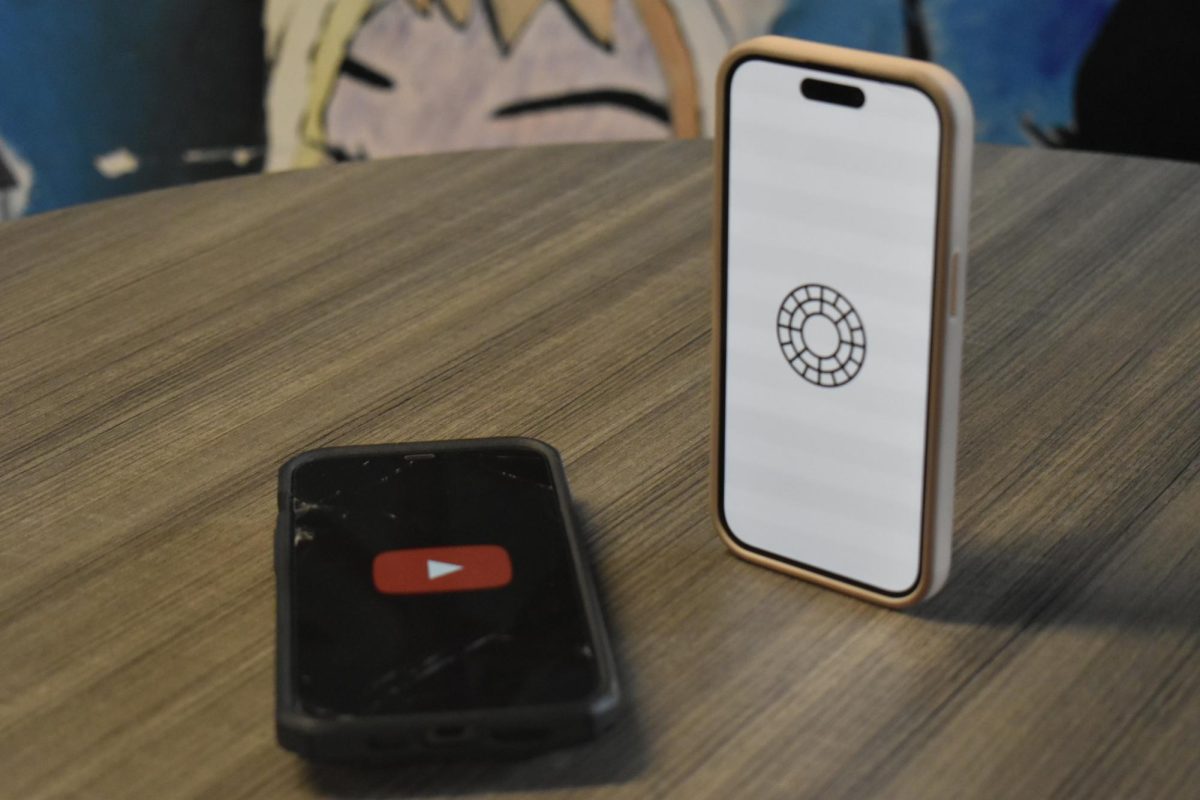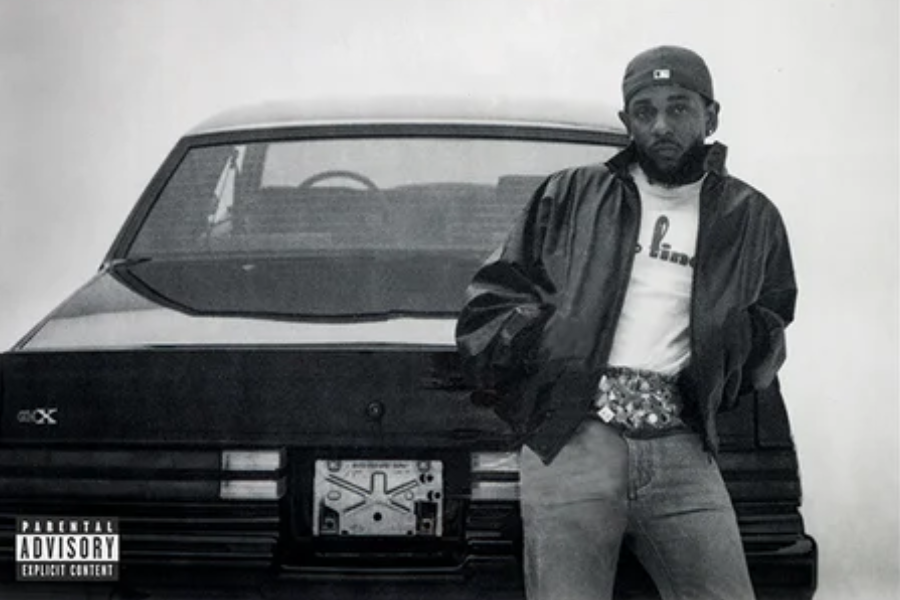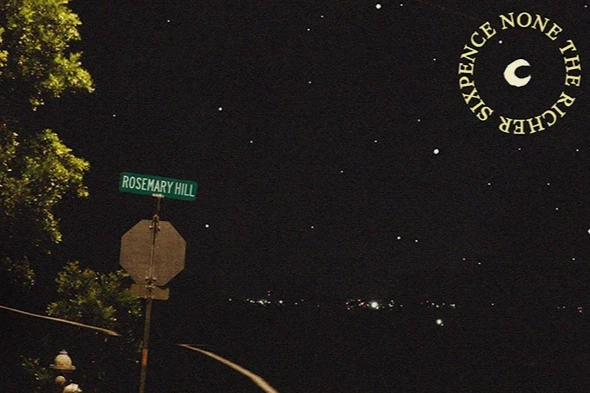From video games to toys and technology, the world has become increasingly more devoted to the trends that each new year brings. The rise of technology during the early years of the 21st century led to drastic changes in what society idolized. Over the years, many trends came and went, leaving their marks in their own, unique ways. 2025 marks the silver jubilee, or the 25th year of the 2000s. To honor this milestone, we carefully curated a list of the 10 most popular trends from the year 2000 to 2025.
2001: MP3 Players / iPods
The early 2000s marked the rise of technology, including the increasing use of MP3 players, as well as the launch of the iPod in late 2001. Apple’s take on the MP3 player, the iPod, was a much simpler, convenient and easy-to-use device that allowed access to thousands of songs on a singular device. Compared to the sometimes complex file management that went with standard MP3 players, the integration of Apple’s iTunes application in hand with the iPod allowed for much more convenience for iPod users.┬Ā
ŌĆ£[My] favorite thing would be that you didn’t physically have to carry around three or four cassette tapes. You had a whole catalog of music at your fingertips,ŌĆØ English teacher Kim Hanan-West said. ŌĆ£It was the first time in an academic setting, we had to compete with an electronic device. Students had a small way to carry their music, podcasts and maybe even audiobooks with them.ŌĆØ
2005: YouTube Launch
The launch of YouTube was heard around the world, as it was the first of its kind. The site allows users to upload their own videos free of cost, as well as watch othersŌĆÖ videos for free, a phenomenon unprecedented for the time. The simplistic and beginner-friendly design of YouTube allowed for the average person to be able to broadcast themselves and their ideas to an audience across the world in the most convenient way possible, without any expensive equipment or knowledge needed. YouTube’s ability to make video creation and consumption free and available to the average person is what made it stand out, growing up to over 2 million views at the end of its launch year.
ŌĆ£[At first], YouTube was mostly for just silly, ridiculous videos. It was this rabbit hole that led you from one video to the next. It was very unpredictable at the time. There was no algorithm, so it was kind of exciting and kept [the media content] new and refreshing,ŌĆØ English teacher Kaleb Schumer said. ŌĆ£Most of the videos that we had watched had either been on TV or on a DVD, and so this idea that anyone was able to make literally anything and upload it for anyone to watch had a bit of authenticity, but also randomness. It was unhinged in a way, but it felt like a very put-together [idea].ŌĆØ
2007: First iPhone
The first iPhone marked one of the biggest inventions of the early 2000s, changing the way the average person communicated, and marking the creation of the world’s most well known device to date. When they were first released into stores, thousands of people lined up days in advance, eager to interact with the brand-new technology. In only the first two days of being on the market, 270,000 phones were sold, a marker of the publicŌĆÖs widespread excitement about the iPhoneŌĆÖs premiere.
ŌĆ£You could text and call your friends [easily], and customize your screen with whatever colors and pictures you wanted, which was really fun to do. The new technology was exciting for the world to have access too, and that excitement and easy accessibility really made the whole thing a big deal,ŌĆØ health teacher Jessica Wheeler said. ŌĆ£The difference between now and then was that no social media platforms existed yet, so [we didnŌĆÖt have] all the bells and whistles of the iPhone today. There wasn’t a whole lot extra that you could do. It was still just phone calls and text messages, but [the iPhone] just looked fancier and felt cooler than what we had before that.ŌĆØ
2013: Vine
Before the age of Musical.ly and TikTok came Vine, a very popular social media platform that shaped the new generation of video-sharing apps. Vine featured a simplistic system where users could record 6-second-long video clips on the app and then share them on the platform, all for free. Users could then view different clips created by other ŌĆ£VinersŌĆØ. As time went on, people got creative with their clips, creating short comedy skits, stories, music, and many other ideas, all within VineŌĆÖs time constraints. The endless creative ability achieved on Vine led to the birth of many well-known memes that still live on in society today, such as the LeBron James meme, featuring a young child repeatedly saying the name of the star athlete in a funny accent, sparking a catchphrase that many young fans used in their everyday vocabulary.
ŌĆ£I remember my friend had [the app], and we spent a lot of time trying to create stupid videos. We tried to make a video [where we looked] like we were floating. We just hit clip after clip of us jumping, and we spliced together all the jumps and it looked like we were just floating around,ŌĆØ Wheeler said. ŌĆ£The human connection part of Vine really was what made it special. I was able to have fun with my friends and make memories that I wonŌĆÖt forget. Being able to watch [othersŌĆÖ] funny videos and jokes [helped build] that connection feeling [too], and thatŌĆÖs what the special part of Vine really was.ŌĆØ
2014: ALS Ice Bucket Challenge
The ALS Ice Bucket Challenge took off in the summer of 2014. It was created to spread awareness and raise money for donations to help support those with Amyotrophic lateral sclerosis, a nervous system disease that leads to progressive muscle weakness. The challenge consisted of people pouring buckets of ice water on themselves and then nominating others to do the same. After getting nominated, you would have 24 hours to either donate to an ALS organization or dump a bucket of ice water on yourself with video proof that was often posted to social media. Due to social media engagement, this challenge became popular very quickly.
ŌĆ£[The ALS Ice Bucket] Challenge was something that we had never had before. It was unique, ŌĆØ junior Grant Glission said. ŌĆ£[The challenge] just kept spreading [and] even our principal did it in front of everyone at my elementary school.ŌĆØ
2016: Hoverboards┬Ā
Nearly every kid’s Christmas list in 2016 included a hoverboard. A unique device that allows riders to control the motion of the two-wheeled scooter by simply shifting their feet. The hoverboard was seen as the first generation of the electric scooter market that would take off with its launch.
ŌĆ£Especially as a younger kid, they were really fun. It was difficult at first, but I learned. [In time], I could spin around, do some turns, and [move] forward and backward. They were just so speedy, and so fun,ŌĆØ senior Tyler Turken said. ŌĆ£It was something unique, and technology that younger kids at the time had never seen. [The hoverboard gave people] a chance to experience new technology at an affordable price, which is why it was really able to take off. Everyone wanted to try it.ŌĆØ
2017: Fidget Spinners┬Ā
Featuring a plastic frame and a small ball bearing core allowing for endless spinning, fidget spinners became widely popular in 2017. What seemed to be a simple toy caused an outbreak and even chaos across some schools. One of the shorter trends on the list, the novelty of fidget spinners only lasted a few months. The chaos that kids’ passion brought towards fidget spinners ultimately led to the continued growth of the toy, and got so huge that they were banned at many schools for causing a distraction to learning. The creativity factor also allured kids, [since the toy came] in a variety of different materials, patterns and colors.
ŌĆ£It was kind of weird [because fidget spinners are] a very simple toy, but something about the satisfaction and customization made me kind of addicted [to them],ŌĆØ senior Brett Ottensmeyer said. ŌĆ£[My] favorite ones were the heavy metal [spinners]. They were definitely the most fun and memorable because me and my friends would get into arguments over those ones.ŌĆØ
2018: Fortnite
Fortnite swept the gaming world by storm in the early months of 2018, bringing in 200 million players by the end of the year. Millions of users played the very popular Battle Royale mode, which includes 100 real people all competing to ŌĆ£eliminateŌĆØ one another until the last man standing wins. Hitting almost 80 million monthly active players in 2018, the fresh authenticity that Fortnite gave to the gaming world, linked with its child-friendly graphics and gameplay, led to its takeoff.
ŌĆ£It was a free-to-play game that was unique, [which led to] a domino effect: once one person started playing, then [FortniteŌĆÖs popularity] would just keep spreading,ŌĆØ senior Colin Piel said. ŌĆ£There was no better feeling than hanging out with your friends [on Fortnite] and getting some wins with the boys. ItŌĆÖs a feeling that everybody and their friends [remember because] everyone played it.ŌĆØ┬Ā
2019: VSCO Girls
Named after the VSCO photo-editing app, the VSCO Girl trend took over in 2019, referring to teenage girls who adopted a certain style and set of interests, such as environmental activism, that were popular at the time. To be a VSCO girl, there were many necessary accessories teens purchased to fit the look.
ŌĆ£Wearing oversized t-shirts, puka shell necklaces, scrunchies, and using a Hydro Flask were essential for every VSCO Girl,ŌĆØ junior Leila Kaminski said. ŌĆ£My favorite accessory was [the] Hydro Flask, which I still use today. ItŌĆÖs a reminder of the trend.ŌĆØ
2024: Drake vs. Kendrick Lamar Beef
One of the biggest rap battles in history was the Drake Vs. Kendrick Lamar rivalry, which spiked in 2024. The feud sprouted from rappers J. Cole and Drake’s song ŌĆ£First Person ShooterŌĆØ, which referred to J. Cole, Drake and Kendrick as ŌĆ£the big threeŌĆØ in the hip-hop music industry. In Kendrick’s song ŌĆ£Like ThatŌĆØ, Lamar asserted that he was at a higher level than his industry competitors. Drake did not take the shot lightly, releasing ŌĆ£Family Matters,ŌĆØ which targeted LamarŌĆÖs supposedly rocky familial relationships, as a shot back at him. From then on, more songs were released in rapid succession, such as ŌĆ£Push UpsŌĆØ, ŌĆ£meet the grahamsŌĆØ and ŌĆ£Not Like UsŌĆØ, which rapidly fired allegations towards Drake’s personal life. The beef became widespread very quickly, allowing all fans across the music industry to follow along.┬Ā
ŌĆ£I was always on Drake’s side. I always liked DrakeŌĆÖs music better, so there may have been some bias in that decision. I think a lot of people supported Kendrick, especially towards the end [when it was apparent] that Drake was losing, so I kind of had to do my best and try to come up with ways to defend him,ŌĆØ junior Braden Lenz said. ŌĆ£It was always fun beefing with my friends who supported Kendrick, and arguing about who was in the right and wrong. It was exciting following along with the battle, and the music [that was] dropped kept it feeling new and [allowed] us to keep following along in [a way] that teenagers like, [which is] to [consume] media in entertaining ways, like music.ŌĆØ
Overall, throughout the past 25 years, many memorable trends have come and gone, each year bringing on something new. Looking back on the past quarter-century is a way to reflect on how different trends change as the years go by, and how each and every one leaves a mark on history, and how society runs today. Every year is totally different from the last, with the expectations of new inventions, technology, and trends to come, there is a guarantee for the future of the world’s trends to continue. As time goes on, it’s important to remember and appreciate how things have evolved and progressed in order not to forget about where we’ve been.





![There are more than 20 open cardio machines at Crunch Fitness. I enjoyed the spacious environment at Crunch, a sentiment that was shared by sophomore Sanjana Daggubati. ŌĆ£[Going to] Crunch Fitness was the right decision because [it] feels more professional. CrunchŌĆÖs workers are laid back, but not to the point where they don't care,ŌĆØ Daggubati said.](https://pwestpathfinder.com/wp-content/uploads/2025/09/IMG_5242-1-1200x900.jpg)

![Various empty Kit Kat wrappers crowd the desk, surrounded by scoring sheets. While production of Kit Kat flavors in the U.S. is limited, Nestl├®, the owner of Kit Kat, manufactures hundreds of unique flavors in Japan, including the flavors ocean salt and passion fruit. ŌĆ£I thought there [were] some interesting flavors, and a lot of them were really unexpected,ŌĆØ senior Elle Levesque said.](https://pwestpathfinder.com/wp-content/uploads/2025/09/image-2.png)


![PantoneŌĆÖs selection of the 2025 Color of the Year is revealed: Mocha Mousse. Ceramics teacher Ashley Drissell enjoys this yearŌĆÖs selection. ŌĆ£Maybe itŌĆÖs the name but [Mocha Mousse] reminds me of chocolate and coffee. It makes me hungry. ItŌĆÖs very rich and decadent,ŌĆØ Drissell said.](https://pwestpathfinder.com/wp-content/uploads/2025/02/DSC_0015-1200x800.jpg)




